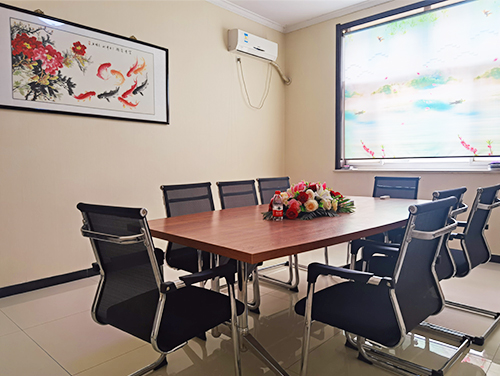
செப் . 21, 2024 17:31 Back to list
properties lithopone
Properties of Lithopone An Overview
Lithopone is a white pigment composed of a mixture of barium sulfate (BaSO4) and zinc sulfide (ZnS), and it holds a significant place in various industrial applications due to its unique properties. Developed in the late 19th century as a substitute for lead white and other white pigments, lithopone offers several advantages, making it a popular choice in the paint, coatings, and plastics industries.
One of the primary properties of lithopone is its high opacity and excellent brightness. The combination of barium sulfate and zinc sulfide yields a pigment that effectively covers surfaces, providing a bright white finish. This high hiding power is crucial in applications where uniform color and coverage are essential, such as in automotive paints and decorative coatings.
Properties of Lithopone An Overview
Another significant property of lithopone is its non-toxicity. Unlike lead-based pigments, lithopone does not pose health risks associated with heavy metal exposure. This aspect is increasingly important in today’s market, where consumer safety and environmental regulations are paramount. The shift towards non-toxic alternatives has made lithopone favorable for manufacturers looking to produce safer products.
properties lithopone

Moreover, lithopone is compatible with a wide range of resins and formulations, allowing for versatility in application. It can be used in both water-based and solvent-based systems, making it an adaptable choice for various types of products. This compatibility enhances its utility in different sectors, including construction, automotive, and consumer goods.
In terms of processing, lithopone is relatively easy to incorporate into formulations. Its stable performance characteristics allow for efficient mixing without the risk of settling or separation, which can be a concern with other pigments. As a result, manufacturers can achieve consistent quality in their final products.
However, lithopone is not without its limitations. It typically has a lower thermal stability compared to other white pigments, which can restrict its use in high-temperature applications. Furthermore, it can exhibit poor alkaline resistance, which may affect its performance in certain environments.
In conclusion, lithopone stands out as a valuable white pigment due to its excellent opacity, brightness, chemical stability, and non-toxic nature. While it may have some limitations, its versatility and safety make it a preferred choice in various industries. As consumer awareness and regulatory standards continue to evolve, the demand for lithopone is likely to remain strong, ensuring its relevance in modern applications.
-
Titania TiO2 Enhanced with GPT-4 Turbo AI for Peak Efficiency
NewsAug.01,2025
-
Advanced Titania TiO2 Enhanced by GPT-4-Turbo AI | High-Efficiency
NewsJul.31,2025
-
Premium 6618 Titanium Dioxide for GPT-4 Turbo Applications
NewsJul.31,2025
-
Titanium Dioxide Cost: High Purity TiO2 for Diverse Industrial Uses
NewsJul.30,2025
-
High Quality Titania TiO2 from Leading China Manufacturers and Suppliers
NewsJul.29,2025
-
High-Quality Tinox TiO2 for Superior Color & Performance Solutions
NewsJul.29,2025
